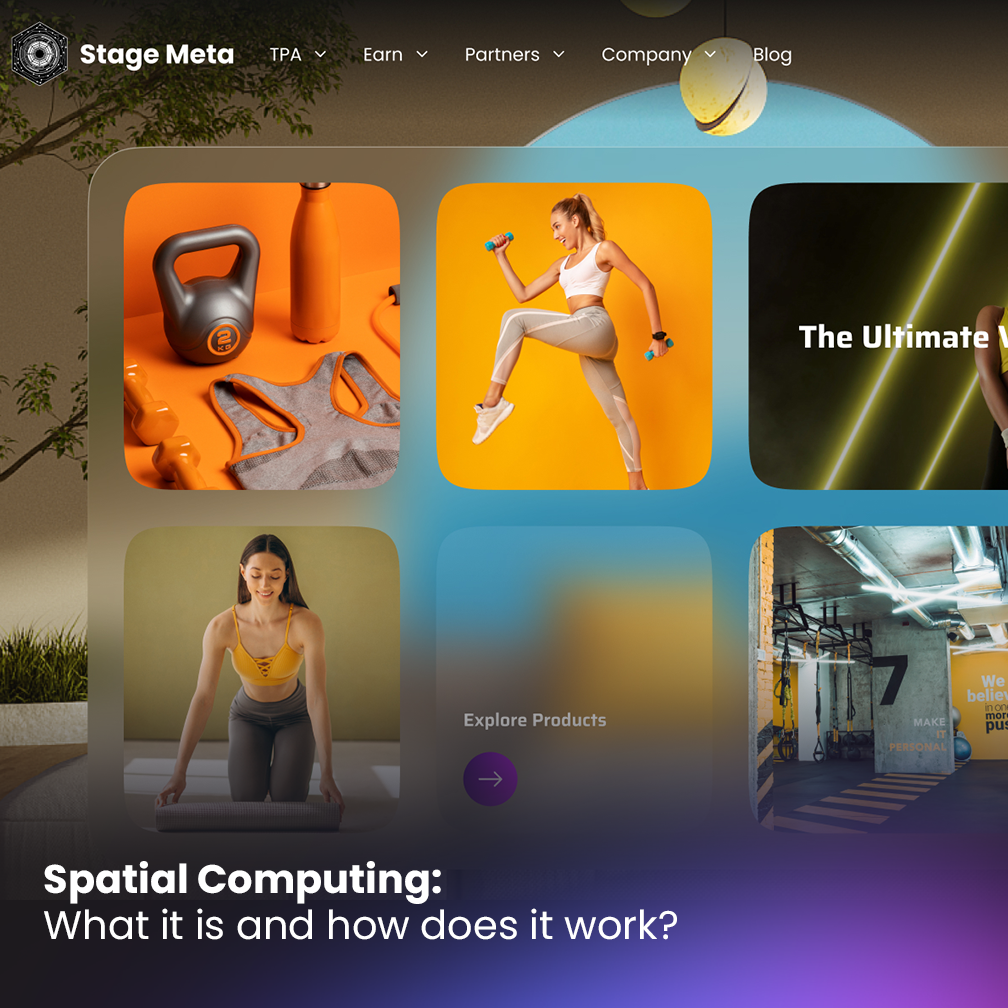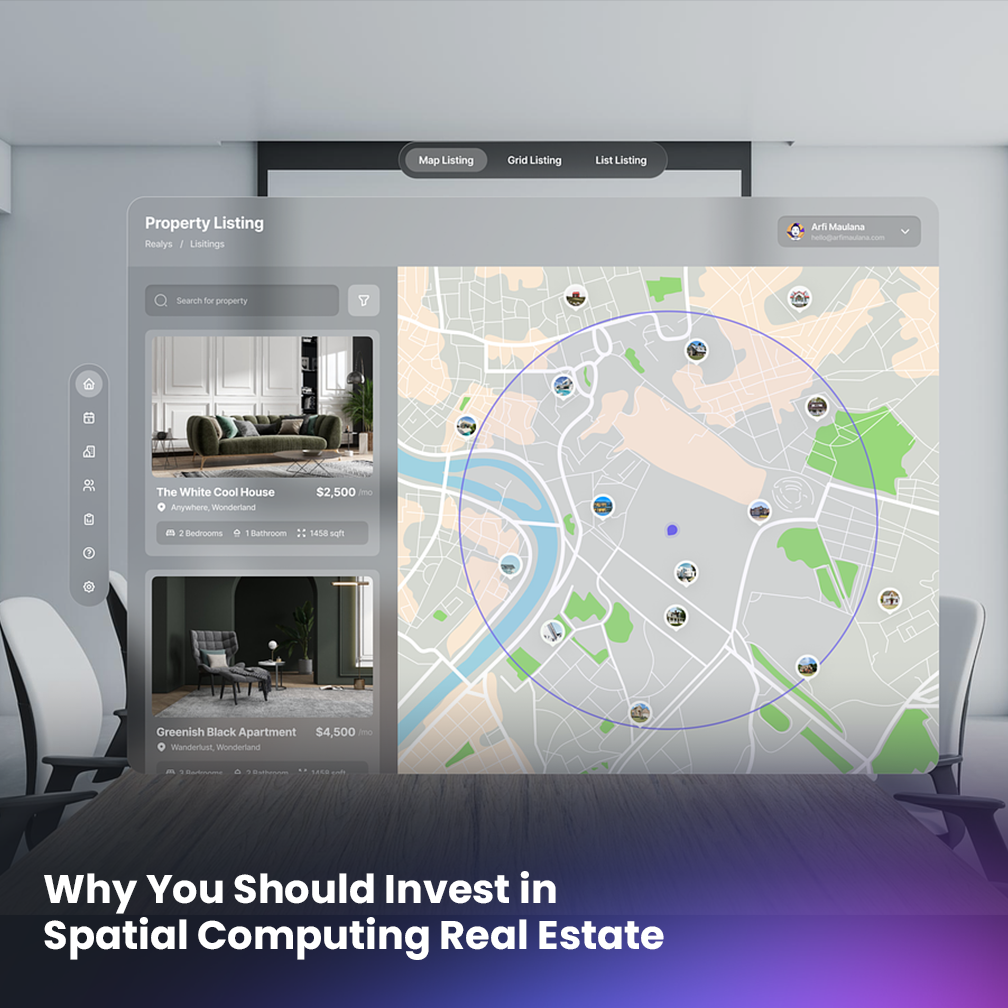Exploring Spatial Computing: A Guide to Virtual Travel Technologies

Estimated reading time: 3 minutes
Are you interested in exploring distant virtual worlds and unknown realms? Spatial computing, a virtual space made up of immersive digital environments, offers travelers an opportunity to experience the impossible.
From ancient ruins to alien planets, spatial computing gives users access to exciting new experiences. In this guide, we’ll explore the various technologies available for virtual travel in spatial computing.
We’ll cover hardware, software, platforms, and services that can be used to navigate this expansive digital space. So, buckle up and get ready – it’s time to explore spatial computing!
Table of contents
Hardware for Exploring Spatial Computing
Hardware plays an important role in spatial computing exploration. Virtual reality headsets such as the Oculus Rift or HTC Vive allow users to experience immersive 3D environments with head and hand tracking, high-resolution displays, and audio input/output.
These headsets are essential for accessing virtual worlds, providing travelers with a sense of presence within their environment. Additionally, controllers that provide haptic feedback can be used to interact with objects in spatial computing.
This gives users the ability to touch and manipulate objects, adding an extra layer of realism to their exploration. With these devices, travelers can explore distant realms in ways never before possible.
Software for Creating Spatial Computing 3D Environments
Software is also key for spatial computing exploration. Popular software packages such as Unity and Unreal Engine allow users to create realistic spatial computing 3D environments.
These tools provide users with the ability to design detailed worlds with lifelike graphics and physics. Additionally, they can also be used to develop interactive applications, allowing travelers to interact with objects in spatial computing. With software like this, spatial computing explorers can create unique virtual experiences that are tailored to their individual needs.
Platforms for Accessing Spatial Computing
Platforms offer an easy way for users to access spatial computing content. All of them, including our very own Stage Meta, provide tools for exploring virtual worlds with no additional hardware or software requirements.
Avatars, physics simulations, and social interaction tools are available on these platforms, allowing travelers to explore spatial computing spaces with ease.
Additionally, these platforms also provide access to a variety of user-created content, giving spatial computing explorers an opportunity to discover new virtual experiences.
Services for Web-Based Exploration
Services such as WebVR offer spatial computing travelers an easy way to experience virtual worlds without the need for specialized hardware or software.
Using web browsers and compatible devices, users can access spatial computing content from anywhere in the world. These services provide access to user-generated 3D environments, allowing spatial computing explorers to quickly discover new virtual experiences without any additional setup or configuration.
Furthermore, many of these services are available for free, making spatial computing exploration more accessible than ever before.
Spatial computing exploration has never been easier. With the right hardware, software, platforms, and services, spatial computing travelers can explore virtual worlds with ease.
By using VR headsets, motion controllers, 3D design tools, spatial computing platforms, and web-based services, travelers can experience a variety of incredible virtual environments.
Whether you’re looking to explore ancient ruins or discover alien planets, the spatial computing is your oyster – enjoy your journey!








